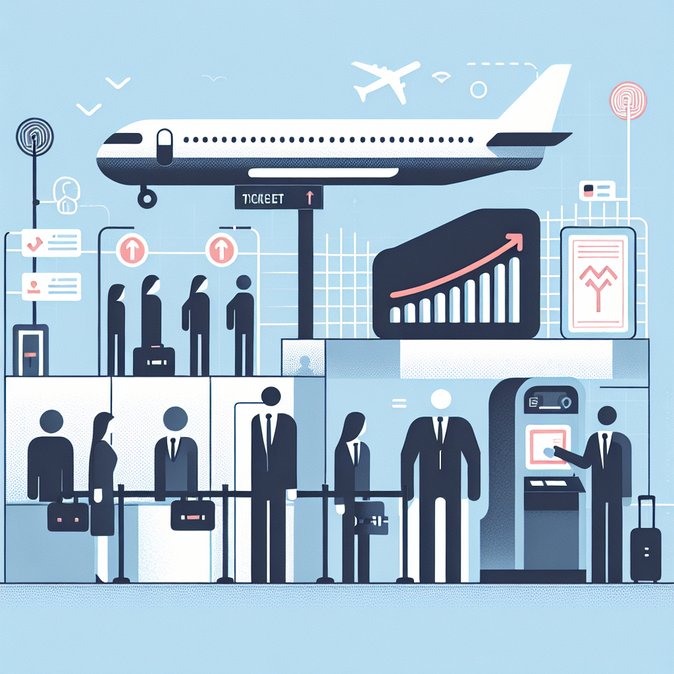
Spain’s competition watchdog (CNMC) on 21 November approved – with minor tweaks – Aena’s request to raise airport charges by 6.44 % next year, ending a decade-long price freeze. The passenger fee will climb from €10.35 to €11.02 per departing traveller, and airlines say the full cost will flow directly into airfares.
Aena argues the increase is essential to fund a €9 billion investment plan for 2027-2031 and to offset inflation accumulated since 2014. Airlines, represented by lobby group ALA, counter that stronger-than-expected traffic should allow fees to stay flat. With the hike now all but certain, corporate travel managers should expect modest fare rises – around €0.67 per ticket on average – but warn that dynamic pricing could amplify the effect on peak-season and business-class cabins.
![End of Ten-Year Fee Freeze: Aena to Hike Airport Charges 6.44 % in 2026]()
The timing matters: from late 2026 the EU’s ETIAS travel authorisation will add another €20 per non-EU passenger, and Spain’s airports are installing biometric Entry/Exit System gates. Combined, the changes could nudge total trip costs up by 5–8 % for long-haul visitors.
Companies negotiating 2026 air-service agreements should press carriers for fuel-surcharge caps and look at secondary airports such as Valencia or Bilbao, where landing-fee differentials may remain lower. Airlines may also trim winter capacity – Ryanair has already pulled one million seats – shifting demand to carriers willing to absorb the higher charges.
For expatriate families budgeting annual home leave, the seemingly small increase can add up quickly when multiplied across multiple tickets. Travel advisers recommend securing frequent-flyer redemptions before new surcharges take effect on 1 January 2026.
Aena argues the increase is essential to fund a €9 billion investment plan for 2027-2031 and to offset inflation accumulated since 2014. Airlines, represented by lobby group ALA, counter that stronger-than-expected traffic should allow fees to stay flat. With the hike now all but certain, corporate travel managers should expect modest fare rises – around €0.67 per ticket on average – but warn that dynamic pricing could amplify the effect on peak-season and business-class cabins.

The timing matters: from late 2026 the EU’s ETIAS travel authorisation will add another €20 per non-EU passenger, and Spain’s airports are installing biometric Entry/Exit System gates. Combined, the changes could nudge total trip costs up by 5–8 % for long-haul visitors.
Companies negotiating 2026 air-service agreements should press carriers for fuel-surcharge caps and look at secondary airports such as Valencia or Bilbao, where landing-fee differentials may remain lower. Airlines may also trim winter capacity – Ryanair has already pulled one million seats – shifting demand to carriers willing to absorb the higher charges.
For expatriate families budgeting annual home leave, the seemingly small increase can add up quickly when multiplied across multiple tickets. Travel advisers recommend securing frequent-flyer redemptions before new surcharges take effect on 1 January 2026.











